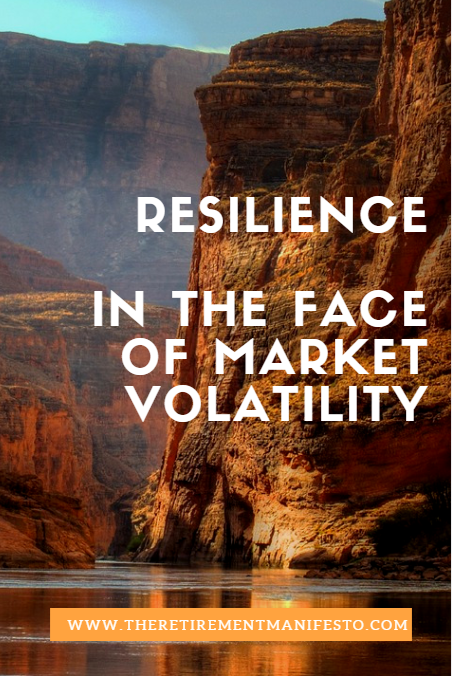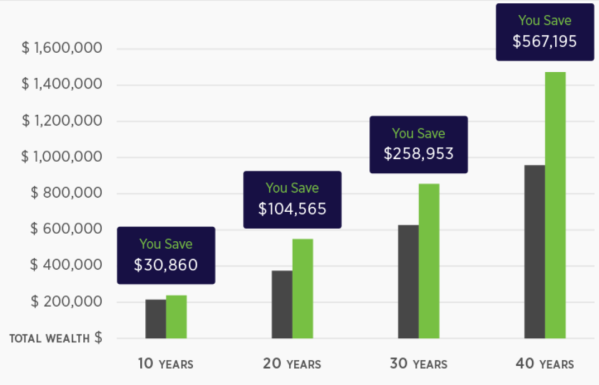I recently penned the blog What and who are the Canadian Robo Advisors? That blog outlined how, true to the moniker, a robo advisor is an online financial advisor without the human.
Well, let’s say that at times there is no human present. In actuality the robo advisors are all quite human and they all have a unique personality. Think Star Wars and the loveable tin cans known as R2-D2 and C-3PO. They are very different in voice and personality.
Above left is R2 …
And to the right is my robo mascot …
 The answer to the question posed in the headline is that all of the robo advisors are different, at times very different from one another. That’s why it’s important to know and understand these differences so that you might be able to find the robo that’s right for you. Getting in the ‘right robo’ might make a difference of thousands to tens of thousands of dollars or more over an investment lifetime.
The answer to the question posed in the headline is that all of the robo advisors are different, at times very different from one another. That’s why it’s important to know and understand these differences so that you might be able to find the robo that’s right for you. Getting in the ‘right robo’ might make a difference of thousands to tens of thousands of dollars or more over an investment lifetime.
The ‘robots’ don’t think in a pure sense. In most cases, this is not artificial intelligence at work. The process involves investment concepts and approach(es) and then mountains of computer programming applied so that the robo platforms can follow the direction of the human financial gurus who set the course for each robo advisor.
The Chief Investment Officers and their teams can and do also make adjustments on the fly. Some may react to market conditions. That may seem ironic given that the robo advisors will mostly embrace and use mostly passive Exchange Traded Funds, but they will then get a little more active with regards to asset allocation and types of funds used based on changing market conditions. All said, that will be one of the factors that I track moving forward as we compare the performance of the Canadian robos.
Robos can be passive or active
Some robos are more passive, some robos are very active.
One of the robo advisors, responsive, is considered AI-based as the platform will automatically change the asset allocation (mix of stocks and bonds) based on many market and economic indicators. Continue Reading…












